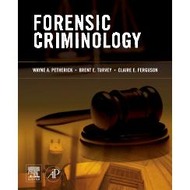(View Complete Item Description)
This collection an be used as group or individual activities in psychology, sociology, communications, or related courses. The WWHoA model aims to first engage students in the "Why" of the concept or lesson, then moves them into the "what" and "how," before concluding with "assessments." The materials cover four lessons, and are intended to be used as is and also expanded upon for other concepts. These activities were created by Maria Gross, Psychology, Mid Michigan Community College; Kelley Eltzroth, Psychology, Mid Michigan Community College;
Nicole Korzetz, Psychology, Lee College; Philip B. Terry-Smith,Ph.D, Sociology, Anne Arundel Community College; and Diane Miller, Communication, Mid Michigan Community College.
Material Type:
Lesson Plan
Author:
OpenStax, Rice University

















